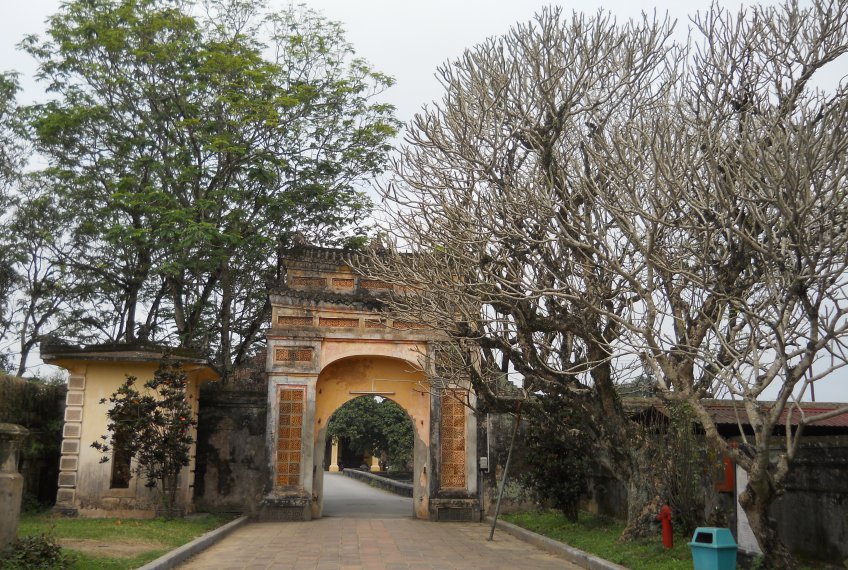Visiting the Imperial City

If you are looking for an entirely unique visit during your stay in Vietnam, plan on spending a few days in the central city of Hue. The capital of Vietnam for 150 years (from 1802-1945), Hue is a walk back into the country’s imperial times. The most important location during the Nguyen dynasty, this central city was once home to a lavish citadel, made completely inaccessible to non-royalty. After the fall of the dynasty and the capital city’s move both north and south, the once ‘forbidden city’ began to see its downfall.
During the 20th century wars in Vietnam (French and American), most of the citadel and its interior were demolished, destroying many of the feudal relics from Vietnam’s royal age. However, the entire complex is still standing today with a handful of remaining temples, pavilions, ancient walls, gates and more… no longer ‘forbidden’ to visitors! Walking into Hue’s Citadel is an amazing and peaceful stroll back in history to the life and times of the Nguyen royalty. Hue’s royal roots not only are found inside the citadel walls, but are also reflected in the cultures and traditions still practiced within the city today.
To continue the ‘royal tour’, head just south of the city along the Perfume River where a vast number of Emperors’ tombs can be found. Though some are left in ruins, a few others are beautifully built with some stunning grounds surrounding them. Accessible by car, bike, motorbike or boat, visiting these historic tombs is a great way to top off one’s royal tour of the city.
As if the royal grounds of the city weren’t enough, Hue is also home to some of the country’s most beautiful Buddhist monasteries. The icon of Hue city, the Thien Mu Pagoda holds the tallest stupa in all of Vietnam with a stunning seven-tiered tower. Because the city is predominately Buddhist, there are a large number of vegetarian restaurants within the city’s walls- a sight (and cuisine) seldom seen throughout Vietnam. Continuing on with the superlatives, Hue is also home to the oldest high school in Vietnam (Quoc Hoc). If you happen to see students leaving Quoc Hoc (or any school), take note of the (purple) Ao Dai dress. The traditional attire for women all throughout Vietnam, the Ao Dai originates from the royal roots of Hue, with purple being the city’s famous color.
If visitors are looking to get out of Hue for a few days, the city also has a number of interesting day trips to offer. From motorbike trips over the Hai Van Pass, various hot springs and tours bringing guests to the infamous DMZ (de-militarized zone), Hue has loads to offer tourists (both inside and outside). If you are uncertain which tours and itineraries would suit your trip to Hue the best, just get in touch with our MinMax staff and they will gladly tailor a tour to suit you best.
Whether it’s the actual royal sites or the remaining royal culture that can still be seen and felt throughout the ‘Imperial City’, Hue is a unique, memorable and interesting trip that all visitors to Vietnam should experience!








